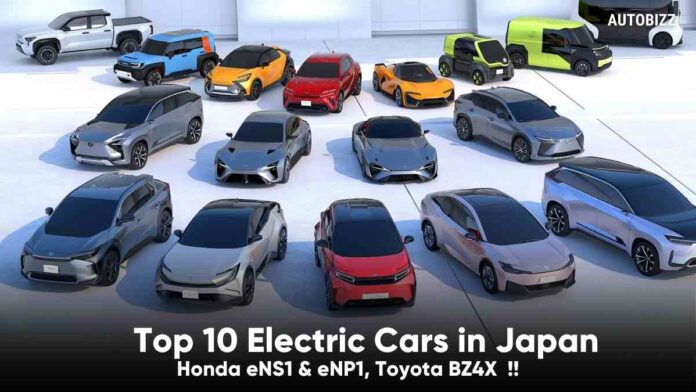Top ten Japanese electric sports cars, top ten Japanese electric trucks, top ten Japanese electric cars, top ten Japanese electric SUVs, and so on. For a long time, it looked that the bulk of Japanese automakers saw battery-electric vehicles as a fleeting trend, preferring to concentrate their efforts on hybrids and hydrogen fuel cell vehicles. Japanese automakers, on the other hand, look to be warming to the zero-emissions trend today, with intentions to go all-electric within the next decade. The Top 10 Japanese Electric Vehicles are shown below.
| Electric Cars in Japan | Price (USD) |
|---|---|
| 1. Honda eNS1 & eNP1 | ——- |
| 2. Toyota BZ4X | $36,000 |
| 3. Toyota 2030 EV Strategy | —— |
| 4. Nissan Ambition 2030 | —— |
| 5. Subaru Solterra | $40,000 |
| 6. Lexus RZ 450e | $50,000 |
| 7. Sony Vision-S | —– |
| 8. Nissan Ariya | $47,125 |
| 9. Mazda MX-30 | $33,470 |
| 10. Mitsubishi Airtrek EV | $32,880 |
1. Honda eNS1 and eNP1

The vehicle received a revised look for the 2022 model year, which included a body-colored grille, slim led headlights, and a sloping roofline with a small rear spoiler. The SUV’s powertrain consists of a 1.5-liter Atkinson cycle i4 engine working in tandem with two electric motors.
The overall output of the powertrain is 131 horsepower and 187 pound-feet of torque, but only a hybrid version will be available in Europe. They’ll have a 201-horsepower front-mounted electric motor and a 68.8-kilowatt-hour battery pack. According to rumours, this engine combination will provide a riding range of up to 310 miles and a top speed of 93 mph.
2. Toyota BZ4X

Beyond the Xero sub-brand, Toyota’s new electric vehicle, the bz4x crossover, will be the first. It will be available in front-wheel drive or all-wheel drive, the former having a 201 horsepower electric motor. This setup generates 195 pound-feet of torque, can accelerate from zero to sixty in 8.4 seconds, and tops out at 100 miles per hour. The all-wheel-drive system will be dual-motor, with a separate electric motor for each axle, resulting in somewhat higher output of 215 horsepower and 247 pound-feet of torque.
A 71.4-KW hour battery pack is hidden beneath the vehicle’s floor in both variants. The top speed for this configuration remains unchanged, but the 0-60 time is decreased to 7.7 seconds.
3. Toyota 2030 EV Strategy

The president of Toyota Motor Corporation conducted a press conference on December 12th to explain the company’s future electric vehicle development strategy. By 2030, the new strategy aims for 30 fully electric cars and SUVs to be introduced under the Lexus and Toyota brands, as well as a 2 trillion yen boost in battery development and manufacture. On the show floor, the next Beyond Zero representatives were among the vehicles on display. SUV with a compact size There are options for a small crossover, a midsize sedan, and a large SUV with three rows of seating.
4. Nissan Ambition 2030
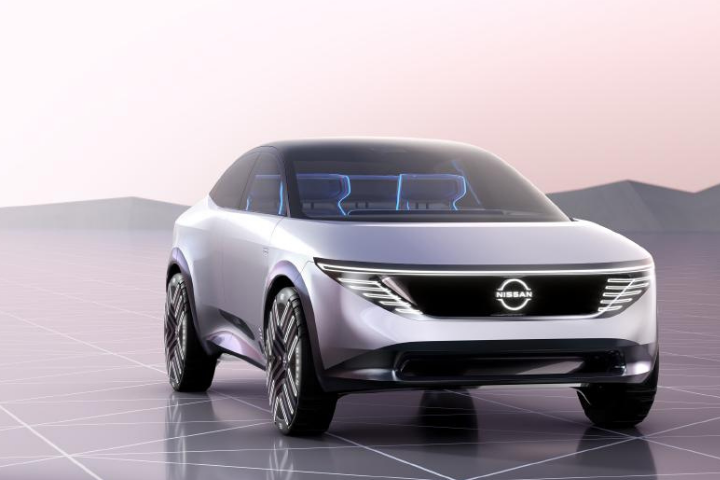
Nissan’s ambitions for electric vehicles go far beyond the launch of the Ariya SUV. Nissan recently announced the commencement of its Ambition 2030 programme. This growth strategy aims for a $17.7 billion investment in the electrification of the brand’s lineup, with 50 new all-electric vehicles on the market by 2030. The cmf EV platform, which incorporates a revolutionary approach of integrating body elements, chassis, and battery modules, will be the foundation for Nissan’s future electric vehicles. The platform will have a skateboard-like design and will be able to hold solid-state batteries as well as be used to build a variety of vehicles.
5. Subaru Solterra
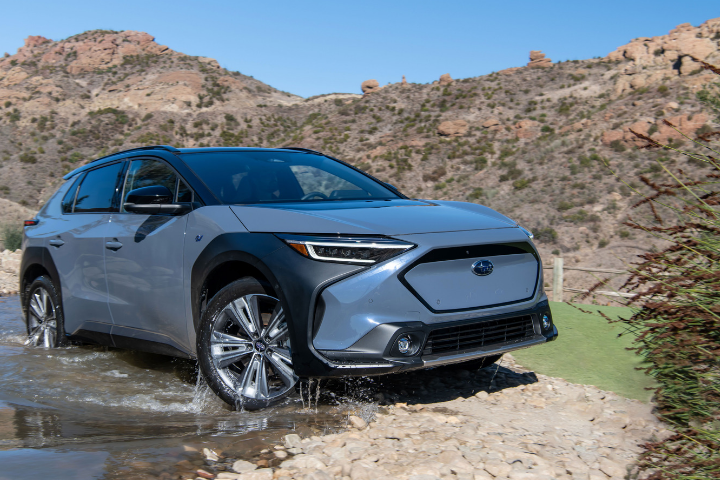
It was only a matter of time after their collaboration on the Subaru Brz and Toyota Gr86 that the brand’s first all-electric SUV would be constructed on the E-TNGA platform, which will be shared with a number of upcoming Toyota cars. The Solterra’s powertrain consists of two electric motors with a combined output of 215 horsepower and 248 pound-feet of torque. In both city and off-road scenarios, the powertrain has been fine-tuned to create more power.
The engine is powered by a 71.4-kilowatt-hour battery pack that allows it to go up to 220 miles while absorbing some of the energy through various regenerative braking modes.
6. Lexus RZ 450e
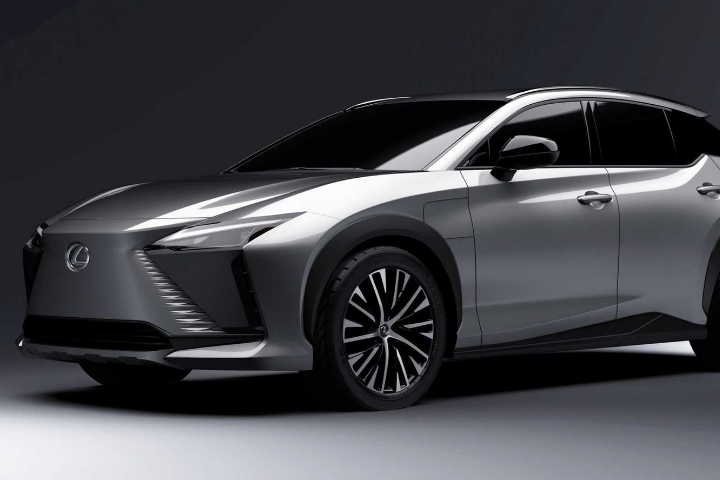
The RZ-450e will be the first all-electric Lexus in the world. The company has completed a thorough assessment of this electric crossover, and it will be unveiled in the coming months. While there are little information about the rz450e, we do know that it will be built on the lfz electrified concept that was shown earlier this year. With a system output of 536 horsepower and 516 pound-feet of torque, the concept employed a dual-motor powertrain with a revolutionary direct-4 all-wheel-drive system. Because the car could be built on the Etnga platform, a 90-kilowatt-hour battery could be added underneath it, providing for additional legroom for passengers and up to 373 miles of nonstop driving.
7. Sony Vision-S

The Sony Vision S is an electric vehicle concept that was created in partnership with the Austrian company Magnestaya. The car’s powertrain is built by Magna and comprises of two electric motors with a combined output of 536 horsepower. This vehicle’s dual-motor drivetrain can accelerate it from zero to 60 miles per hour in under 4.8 seconds and up to 150 miles per hour. The sedan’s battery capacity is unclear at this time, although range estimates are estimated to be in the neighbourhood of 280 miles. Sony gives the opulent technology package. The company is currently putting to the test a safety system that uses 40 sensors to continuously monitor the situation.
8. Nissan Ariya

There will be four basic versions available for the ariya crossover. Two of them will have a two-wheel drive system, while the other two will have an all-wheel drive system. The battery capacity is the main difference between the two-wheel-drive models; you may choose between a 63 and 87-kilowatt-hour battery pack with 188 and 277 miles of range, respectively. A single 218 horsepower electric motor will be integrated with both battery packs.
Rather than a longer working range, the all-wheel-drive models will be equipped with a performance-oriented dual electric motor powertrain. It now boasts 306 horsepower, allowing it to sprint from zero to sixty miles per hour in 5.1 seconds and reach a high speed of 124 miles per hour.
9. Mazda MX-30

Nearly immediately jumped into the creation of battery electric vehicles. The MX-30 is the brand’s first battery-electric car, and it was designed as a subcompact crossover coupe. Because Mazda’s original goal was to create a city commuting vehicle, the features offered by this crossover are basic. It can accelerate from 0 to 60 miles per hour in 9.7 seconds and achieve a top speed of 87 miles per hour thanks to its 144 horsepower and 200 pound-feet of torque.
Furthermore, because this engine is paired with a 35.5-kilowatt-hour battery pack, real-world range estimations are limited to 100 miles, as range is the most important part of buying an EV for most drivers.
10. Mitsubishi Airtrek EV
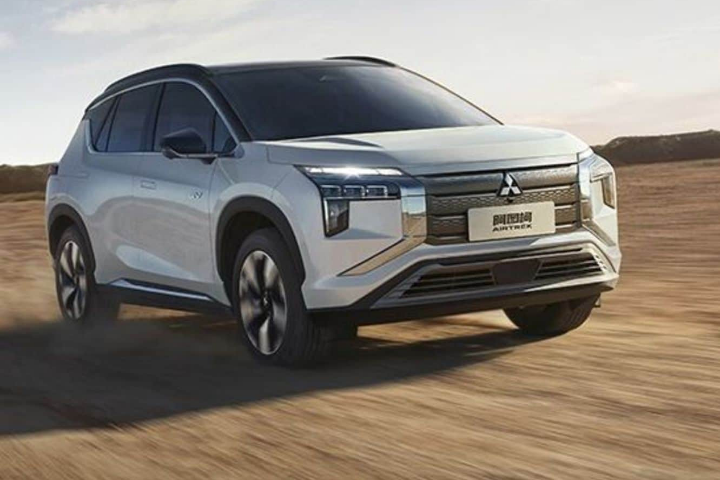
As a result of the manufacturing of one of the world’s most popular plug-in hybrid SUVs, Mitsubishi’s debut into the all-electric market was inescapable. The corporation engaged the help of gac, a Chinese joint venture partner, for this endeavour. Mitsubishi’s front-wheel-drive crossover will be powered by an electric motor with 181 horsepower and a 70-kilowatt-hour battery pack.
The SUV’s long wheelbase will provide enough room for five people, and the range on a single charge is projected to be close to 230 miles. On the inside, the horizontal entertainment system will be one of the most noticeable high-tech features, while the seats will feature soft padding and two-tone cloth with precise stitching.
Read More :
- The 10 Fastest SUVs in the World in 2022
- Top 5 Best Nissan Z Models Over The Years
- Automotive Companies & Their Sub-Brand | Car Companies Subsidiaries
Join Us: Facebook | Whatsapp | Instagram

